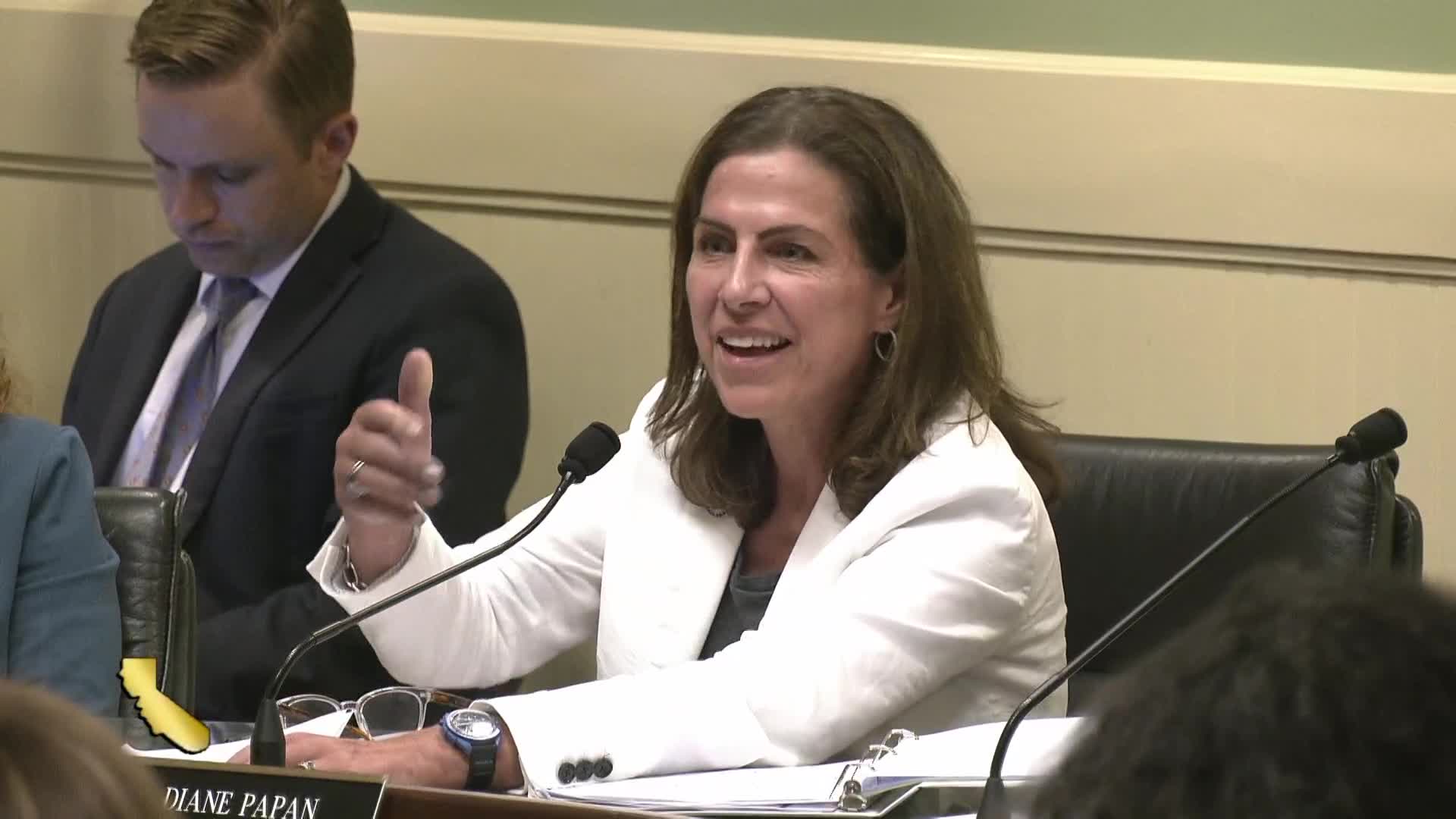California ports race to meet urgent wind energy demands
August 14, 2024 | California State Assembly, House, Legislative, California
This article was created by AI summarizing key points discussed. AI makes mistakes, so for full details and context, please refer to the video of the full meeting. Please report any errors so we can fix them. Report an error »

In a recent government meeting, officials discussed the ongoing coordination between the Port of Humboldt, the Port of Long Beach, and the Bureau of Ocean Energy Management (BOEM) regarding offshore wind projects. The dialogue emphasized the complexity of these projects, which involve distinct California Environmental Quality Act (CEQA) and National Environmental Policy Act (NEPA) documents, necessitating careful delineation of project boundaries despite overlapping elements.
Mister Holman highlighted the productive meetings aimed at clarifying the roles of various ports in the manufacturing and transportation of wind turbines. He noted that the Port of Humboldt is poised to produce turbines that could be transported to multiple locations, including Morro Bay and future lease areas in Oregon and California. This intricate relationship underscores the importance of precise coordination among stakeholders to avoid the pitfalls of merging independent projects into a single, unwieldy CEQA document.
Assemblymember Wood commended the comprehensive nature of the meeting's presentation, which he found beneficial for understanding the complexities involved. He raised concerns about the increasing timelines for major electric transmission projects, which have nearly doubled over the past decade, now averaging eleven years. This delay poses a significant challenge as California aims to meet its renewable energy goals, including a target of 2.5 gigawatts by 2030.
In response to these concerns, officials outlined recent efforts to streamline the transmission planning process. An updated memorandum of understanding between the California Independent System Operator (CAISO), the Public Utilities Commission, and the California Energy Commission aims to enhance coordination in procurement and transmission planning. This initiative is expected to better align transmission capabilities with the generation projects being developed.
Additionally, the CAISO has adopted an interconnection process enhancements package, which is currently under review by the Federal Energy Regulatory Commission (FERC). This package is designed to facilitate the connection of generation resources, such as offshore wind, to the transmission grid.
The meeting also addressed the allocation of $45 million for port development, with officials acknowledging the urgency of disbursing these funds promptly. Concerns were raised about California's historical challenges in timely fund distribution, emphasizing the need for efficient processes to ensure that ports can advance their development projects without unnecessary delays.
Overall, the discussions highlighted the critical need for effective collaboration among various agencies and stakeholders to navigate the complexities of offshore wind development and transmission infrastructure in California.
Mister Holman highlighted the productive meetings aimed at clarifying the roles of various ports in the manufacturing and transportation of wind turbines. He noted that the Port of Humboldt is poised to produce turbines that could be transported to multiple locations, including Morro Bay and future lease areas in Oregon and California. This intricate relationship underscores the importance of precise coordination among stakeholders to avoid the pitfalls of merging independent projects into a single, unwieldy CEQA document.
Assemblymember Wood commended the comprehensive nature of the meeting's presentation, which he found beneficial for understanding the complexities involved. He raised concerns about the increasing timelines for major electric transmission projects, which have nearly doubled over the past decade, now averaging eleven years. This delay poses a significant challenge as California aims to meet its renewable energy goals, including a target of 2.5 gigawatts by 2030.
In response to these concerns, officials outlined recent efforts to streamline the transmission planning process. An updated memorandum of understanding between the California Independent System Operator (CAISO), the Public Utilities Commission, and the California Energy Commission aims to enhance coordination in procurement and transmission planning. This initiative is expected to better align transmission capabilities with the generation projects being developed.
Additionally, the CAISO has adopted an interconnection process enhancements package, which is currently under review by the Federal Energy Regulatory Commission (FERC). This package is designed to facilitate the connection of generation resources, such as offshore wind, to the transmission grid.
The meeting also addressed the allocation of $45 million for port development, with officials acknowledging the urgency of disbursing these funds promptly. Concerns were raised about California's historical challenges in timely fund distribution, emphasizing the need for efficient processes to ensure that ports can advance their development projects without unnecessary delays.
Overall, the discussions highlighted the critical need for effective collaboration among various agencies and stakeholders to navigate the complexities of offshore wind development and transmission infrastructure in California.
View full meeting
This article is based on a recent meeting—watch the full video and explore the complete transcript for deeper insights into the discussion.
View full meeting
